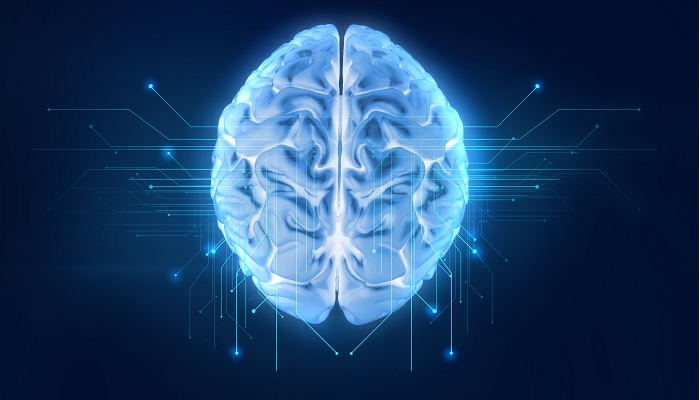GE Healthcare, Fujitsu Australia, Macquarie University and Macquarie Medical Imaging announced a new research collaboration to diagnose and monitor brain aneurysms on scans faster and more efficiently using artificial intelligence (AI) .
The project has already received a Cooperative Research Centres Projects (CRC-P) grant of AU$2.1M from the Department of Industry, Innovation and Science.
Brain aneurysms are a common disorder caused by a weakness in the wall of a brain artery. Aneurysms are present in between two and eight percent of adults, with multiple aneurysms in more than 10 percent of those(1). Rupture of an aneurysm causes brain haemorrhage in 85 percent of cases(2), leading to death in 30-40 percent of people and 20 percent permanent disability in those who survive(3).
Fujitsu will lead the initiative and leverage its AI and digital solutions capability through its dedicated innovation team in Australia. GE Healthcare will contribute through its leading medical imaging technology. Macquarie University and Macquarie Medical Imaging will provide clinical expertise for the development and testing of the technology. Initially the project will focus on refining the technology with a view to creating a fully commercialised solution that will be distributed initially through radiology practices in Australia and eventually on a worldwide basis.
Mike Foster, Chief Executive Officer of Fujitsu Australia and New Zealand, said: “We are pleased to be part of this important ‘co-creation’ initative that leverages the strengths of each of our partners, as well as Fujitsu’s experience in AI to have a positive impact on peoples’ lives. AI in particular has the capability to make our daily lives more comfortable and contribute to solving difficult problems such as detecting serious medical issues early and allowing more timely treatment intervention. This is an excellent demonstration of Fujitsu’s commitment to creating human-centric innovation together with our customers and partners to build a trusted future where everyone can feel safe.”
Matt Tucker, President and CEO GE Healthcare Australia & New Zealand, comments, “As the consequences of brain aneurysm rupture are often fatal, effective and expedient detection is crucial. Unfortunately screening and monitoring takes time and specialist expertise not afforded by every radiology practice. The application of AI can give doctors better insights more quickly and produce fewer variable results. We are proud to be part of this program that will transform brain aneurysm diagnosis and improve patient outcomes.”
Professor Patrick McNeil, Deputy Vice Chancellor Medicine and Health and Executive Dean, Faculty of Medicine and Health Sciences, Macquarie University, said, “This is an excellent example of the MQ Health model of “Heal, Learn and Discover” in action with industry. Macquarie University, with its own hospital and clinical expertise is well placed to actively contribute to the development of applied medical innovations and welcomes the opportunity to work with leading information technology, healthcare and diagnostic companies such as Fujitsu, GE Healthcare and Macquarie Medical Imaging.”
Professor John Magnussen, Diagnostic and Interventional Radiologist at Macquarie Medical Imaging, said, “This is an amazing opportunity to be able to address the problem of the rapid and accurate diagnosis of brain aneurysms. Even in ideal circumstances, detecting brain aneurysms is time and expertise intensive and missed aneurysms can have terrible outcomes. By creating an AI assistant to automatically flag potential aneurysms and allow for accurate follow-up, we can make a huge difference to patient care.”
As a part of the project, Fujitsu will apply AI methods to images of the brain generated by GE’s Revolution CT scanner, and use a specifically-trained algorithm to look for abnormalities and aneurysms.
Outcomes from this project are anticipated to include the development and validation of an AI algorithm capable of highlighting blood vessels within the circle of Willis, an arterial ring sited at the base of the brain, that may have one or more aneurysms.
This technology will also allow the tracking of identified aneurysms over time, providing radiologists with a valuable diagnostic support tool and patients with greater peace of mind that known aneurysms are being effectively monitored over the long term.
A second element to the project will include a planning tool for surgical (stent) intervention. This tool will use fluid dynamic modelling to predict the risk of aneurysm rupture.


















